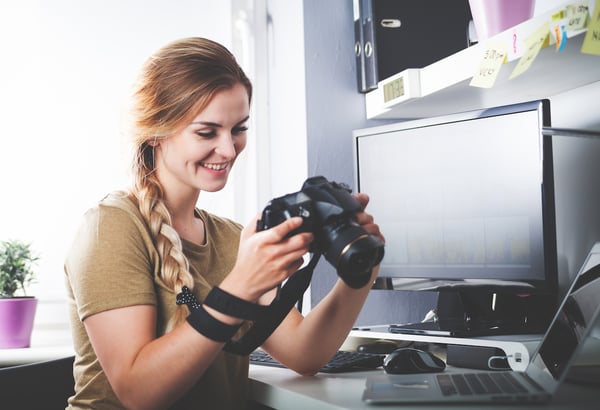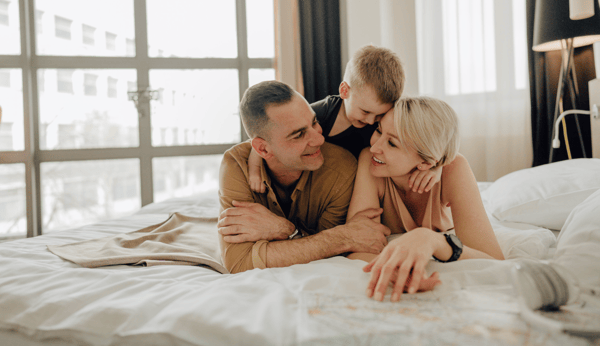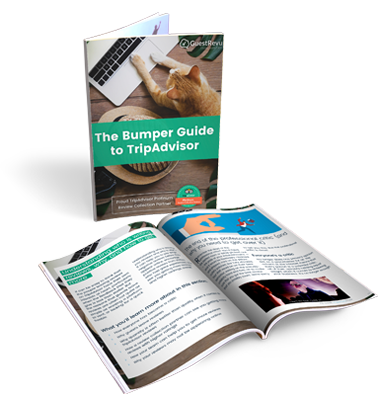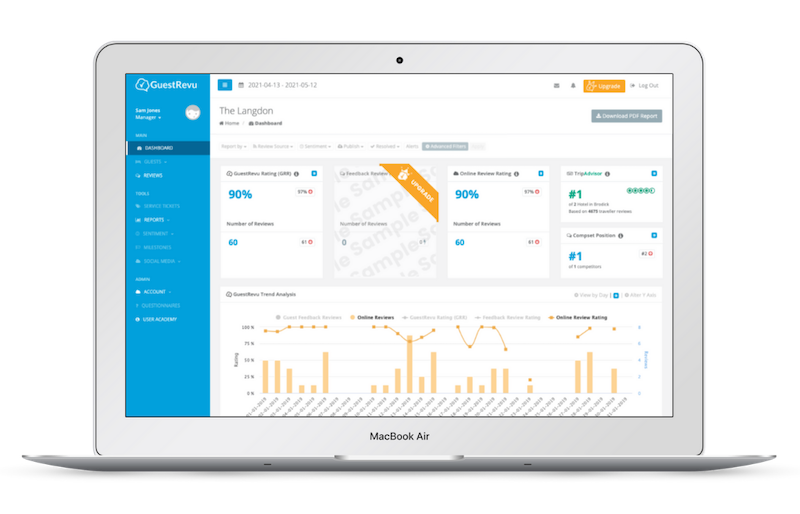It’s tough to sell people on places, rooms and features they’ve yet to encounter in person. Maybe you’ve gone to the effort of carefully designing and delivering an impeccably-styled hotel, but so much of it can only be experienced: the ambience, the scent, the all-encompassing scenery. You know it’s worthy of attention, but who’s going to take your word for it?

To reel in budding tourists, you need a website that does far more than just list your pricing and offer some pedestrian tips concerning local attractions. You need something visually arresting: a website that shows what you have in the best possible light. And when it comes to optimising presentation, the ecommerce industry is an obvious source of inspiration.
After all, it took time and effort to make ecommerce a retail staple. When it was first mooted, it must have seemed disconcerting. Mail order purchasing, its natural predecessor, chiefly served shut-ins, oddballs, and the persistently optimistic. To the average person, sending money and trusting the recipient to return something worthwhile was a fool’s errand.
Consider the fundamental advantage of traditional retail: you can examine a product before buying it. Online sellers could offer lower prices, but even that wasn’t enough to tempt people when the presentation was inadequate — and they could only cut their prices through saving on logistics and transport, something that hoteliers can’t do.
In short, site imagery is essential for earning online bookings and outperforming rival hotels, and improving yours could do much to bolster your operation. To that end, let’s take a look at five site imagery hacks you can steal from the ecommerce industry. Let’s get started.
Include useful diagrams
When you shop for an electronic device or an item of furniture online, you want more than just an indication of surface-level aesthetics. You also want to know the metrics and dimensions. How heavy is the electronic device? How much power does it draw? How long is the item of furniture? What material is the interior made from? You need the seller to include all the information you’re looking for, including button layouts and articulation points.

The average hotel guest won’t want to know exactly every material used to create your hotel room (though an eco tourist might), but they’ll want to know anything that might affect their stay. Is the flooring hard-wearing? Is there air conditioning? If so, where are the controls, and how do they work? It isn’t uncommon for someone to enter a hotel room and have issues figuring out the lighting, so it’s best to make things abundantly clear from the outset.
It’s up to you how you achieve this, of course. You can add an overlay to a regular shot of the room, or instead provide a top-down outline of the room with useful indicators pointing to key elements (services like RoomSketcher can be very convenient for this). The important thing is that you establish two clear truths: firstly, your rooms were smartly designed, and secondly, your hotel is committed to providing great service.
Set the lighting conditions
Hollywood types and photographers of all stripes like to talk about the golden hour: that magical time when conditions are perfect to take specular shots. And if your hotel is in a truly-idyllic location, you might be able to take advantage of that time with relative ease. If it isn’t, well, you don’t need to take shots during golden hour — but you must at least ensure that you’re not settling for mediocre lighting, as it can make even a great hotel look dire.
If you can get in and grab some photos while everything’s drenched in low-angle sunlight, do so. If you can’t (maybe you’re taking photos in the midst of winter), you should consider bringing in some artificial lighting equipment. Remember that a few great photos of a hotel room can last you for years, so automatically dismissing additional expenses is shooting yourself in the foot.
Provide video tours
What’s it like to walk into a hotel room and take it all in? If you can record and provide a high-quality video tour that covers everything the average first-time guest would look at, you can provide invaluable context. People want to imagine their hotel stays well ahead of time. They want to anticipate them so they can enjoy them more — and if your video tour makes your hotel room (and your hotel in general) look good, it’ll serve to fuel that anticipation.
Now, many website owners shy away from getting into video, and it’s easy to understand why. The recording process can seem daunting, it’s tough to get a video exactly right, and then there’s the thorny matter of actually storing that video. But video needn’t be so troublesome, and it certainly doesn’t need to be perfect. If you have a modern phone and a cheap gimbal, you can record a serviceable video: no voiceover or special effects needed.
As for the storage, you have two solid options: embed the video, or store it through your hosting. If you use a site like YouTube, you can embed video without slowing down your page, though you can end up looking a little silly if one of your videos is taken down for whatever reason. And while video does take up a lot of space, modern hosting isn’t as expensive as you might think — and if you choose carefully (crucially, picking cloud hosting over private hosting for flexibility and pay-only-what-you-use pricing) then you can make things work without spending too much.

Show hotel guests in situ
If you show a plain unused hotel room, the website visitor will get an unobstructed view — but not the most compelling view. Retailers invest hugely in showing customers using their products because they understand the power of social proof and peer pressure: when we see others enjoying things, we believe their investment, and we want to join in. So why not offer hotel guests some incentives to document their stays?
They can work with you to do this, allowing your selected photographers to snap some cheery shots of them reclining comfortably in their hotel-room seats or conversing at your hotel bar. Alternatively, they can take the shots and send them to you. This won’t necessarily deliver the level of quality you might prefer, but the authenticity of the shots will shine through (this is the central strength of user-generated content), making them much more impactful than snaps from a clearly-artificial photoshoot could be.
Choose angles carefully
Photography isn’t as simple as many people assume: consider that something like focal length can radically change how something appears. If you’ve ever heard of the rule of thirds (or the role of the golden ratio in photo composition), you might have some idea of how much framing matters — and it matters a great deal when you’re photographing an indoor space.
When you snap a shot of a hotel room, you want it to look as roomy as possible, and that can lead you to take a photo from the corner. That’s often a good idea, but if it makes it obvious that the camera is almost pressed against the wall, it leaves no room for mystery. Think about the middle-ground of focal length for photographing people: if you get too close, the features appear too wide, but if you get too far away, the faces appear overly flat.
Aim to get far enough into a room that it’s unclear what lies behind it, but leave plenty of space ahead. It isn’t about tricking the viewer into believing there’s more space than there really is, particularly since you should be making the dimensions clear elsewhere. It’s really just about presentation and showing what it’s really like to be inside the room. And when you’re taking shots of views from hotel windows, angles matter even more. Put your best foot forward.
Wrapping up
If you believe in the value of your hotel, you must commit to presenting it as well as you can, and website imagery is a mission-critical concern. What’s more, unless you go through extensive interior-design changes on a semi-regular basis, you won’t need to invest in many photoshoots. Just one extensive project can set you up for years.
If you don’t want to get into the nitty-gritty of shot composition, you can hire a photographer to run the project for you — but if you’re game to try, you can grab your phone and do everything yourself. Regardless of your preferred approach, why not give it a shot?
 About the Author
About the Author
Rodney Laws is an ecommerce expert with over a decade of experience in building online businesses. Check out his reviews on EcommercePlatforms.io and you’ll find practical tips that you can use to build the best online store for your business. Connect with him on Twitter @EcomPlatformsio.




